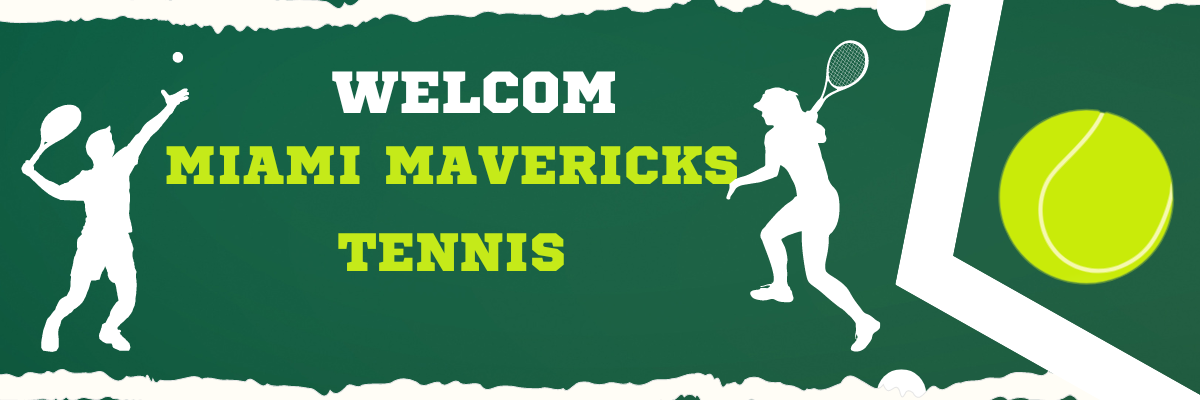If you are new to tennis, you might not have a complete understanding of the sport. You may have heard terms like “qualifier” in tennis and wonder what it means. Don’t worry; you are not alone.
In this article, we will cover all the basics of tennis, including what a qualifier is, how to participate, and the structure of the tournaments. Keep reading to learn more and become a tennis expert!
Table Of Contents
- What Does The Term “Qualifier” Mean In Tennis?
- FAQs
- Do Tennis Qualifiers Receive Payment for Participating in Tournaments?
- What is the Salary for a Tennis Ball Boy?
- Who Holds The Title of the Wealthiest Tennis Player?
- Understanding the Number of Qualifiers in the U.S. Open Tennis Tournament and How They Can Impact the Competition
- Understanding the Qualification Process for Tennis Tournaments and How Players Can Secure Their Spots
- Learn About the First Qualifier to Win a Grand Slam and Their Remarkable Journey to Victory
- What Are the Earnings of the Top 100 Tennis Players and How Can You Improve Your Tennis Career?
- Conclusion
What Does The Term “Qualifier” Mean In Tennis?
For tennis players, a qualifier is someone who participates in a pre-qualifying tournament to earn a place in the main draw, regardless of their world ranking. In this sport, a player’s world ranking is not always a determining factor in their ability to compete at high-level tournaments. Instead, players have the opportunity to earn their spot in the main draw by performing well in qualifying rounds. This creates a more inclusive and diverse field of players at top-level competitions.

What Is the Purpose of a Pre-qualifying Tournament in Tennis?
A qualifying tournament is an opportunity for players ranked from 105th and beyond to compete for a chance to enter the main draw of a tournament, often a Grand Slam. The pre-qualifying tournament typically takes place a week before the main event and serves as preparation for the final round.
Players who successfully pass this qualifying tournament will earn a spot in the main draw and compete against the best professionals in the sport. The ultimate goal is to win the tournament and be recognized as the best in the world that year.
What is the Meaning of “The World Ranking” in Tennis?
The world ranking is a points-based system that reflects a player’s performance over the preceding 52 weeks. The system takes into account a player’s 18 best results during this period, including their wins and losses in tournaments. The points earned depend on the level of the tournament and the round reached by the player.
To earn points, players must participate in tournaments organized by the ATP, WTA, or ITF. The higher the level of the tournament and the better the player’s performance, the more points they earn.
A player’s world ranking is an essential factor in determining their eligibility for entry into a tournament. Generally, the higher the ranking, the more likely a player is to gain entry into a tournament.

FAQs
Do Tennis Qualifiers Receive Payment for Participating in Tournaments?
Qualifiers in tennis will receive payment for each round they advance in a tournament, with the amount depending on the prize pool. While the first round may only earn a player a few hundred dollars, this amount will increase with each subsequent round. Additionally, even players who lose in the first round will still receive some payment, although it will be significantly less than the tournament champion’s prize money. Furthermore, some top-ranked players may receive an additional appearance fee on top of their earnings from the tournament.
What is the Salary for a Tennis Ball Boy?
Tennis ball boys and girls are typically not compensated for their work, except for those working at the U.S. Open who are paid an hourly wage. However, they may receive other perks such as a uniform or a ticket to watch the match.
Despite not receiving payment, many ball boys and girls are eager to do the job as it provides them with the opportunity to witness their favorite tennis players up close and serve them during the matches, which they consider a great honor.
Who Holds The Title of the Wealthiest Tennis Player?
Ion Tiriac is widely considered the wealthiest tennis player in the world as of 2022, with a net worth of approximately $1.7 billion. Although he achieved some success and earned over $8.5 million in prize money during his career as a professional tennis player, the majority of his wealth comes from his successful business ventures.
Interestingly, Tiriac is also a skilled ice hockey player, but was not able to achieve the same level of success and recognition in tennis. Following his retirement from professional tennis, he founded a private company which has since become a major source of his wealth.
In fact, he was the first Romanian to appear on the Forbes Billionaire list in 2007. Understanding the success and career trajectory of wealthy tennis players like Tiriac can provide valuable insight for those looking to make a career in the sport or learn more about the business opportunities available in the industry.
Understanding the Number of Qualifiers in the U.S. Open Tennis Tournament and How They Can Impact the Competition
In the U.S. Open tennis tournament, there are typically 128 participants from all over the world. These players are grouped into 16 groups and compete against each other. The top player from each group then becomes a qualifier for the main tournament. Additionally, a “lucky loser” player is selected from those who were defeated in the final round of the qualifiers, and they are given a chance to compete in the main draw as well.
Understanding how the qualifiers are determined and how lucky losers can impact the main draw can provide valuable insight for tennis fans and players alike.

Understanding the Qualification Process for Tennis Tournaments and How Players Can Secure Their Spots
Understanding the qualification process is important for tennis players aspiring to participate in tournaments. There are three ways to qualify for a tournament:
- The top 104 players on the rankings list are automatically eligible to compete in a Grand Slam tournament.
- Players can qualify by winning three rounds in the pre-qualifying tournament.
- A player can be granted a wild card entry, which is essentially an invitation to the tournament.
In total, 128 players are selected to compete in a tournament, with 104 coming from the top rankings, 16 from the pre-qualifying tournament, and 8 from wild card entries. By understanding the different routes to qualify for a tournament, players can better strategize and work towards securing their spot in these prestigious events.
Learn About the First Qualifier to Win a Grand Slam and Their Remarkable Journey to Victory
Emma Raducanu, an 18-year-old tennis player, achieved a historic milestone by becoming the first qualifier to win a Grand Slam title. In a thrilling final match at the U.S. Open, she defeated Leylah Fernandez from Canada to clinch the title.
What makes this achievement even more remarkable is that it was only Raducanu’s second Grand Slam tournament. Her success at such a young age is truly inspiring and highlights her exceptional talent and dedication to the sport.
What Are the Earnings of the Top 100 Tennis Players and How Can You Improve Your Tennis Career?
Aspiring tennis players often wonder about the earning potential of the sport. The top 5 players in tennis can make an average of $7,973,904 annually, while those ranked 50 to 100 can earn approximately $510,456 per year.
Tennis is considered a financially rewarding sport due to its generous prize money, with some players earning over $1,000,000 billion annually. If you’re looking to pursue a career in tennis, it’s important to understand the potential earnings and work towards improving your skills to increase your chances of success on the court.
Conclusion
We hope this information has helped you understand the meaning of the term “qualifier” in tennis. Additionally, the insights shared above can enhance your knowledge about the sport’s tournaments and players.
Thank you for taking the time to read this, and we look forward to providing you with more helpful content in the future.

